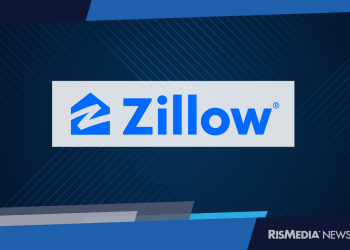 RISMEDIA, June 3, 2009-June is National Homeownership Month and like many other consumer advocates, the Oregon Bankers Association (OBA) urges consumers to get informed as they prepare to buy a home. Today, there are a growing number of obstacles for home buyers, including a higher credit score standard and more restrictions on credit. Despite current challenges in the secondary mortgage market, home loans are available to credit-worthy buyers and Oregon banks stand ready to assist prospective home buyers.
RISMEDIA, June 3, 2009-June is National Homeownership Month and like many other consumer advocates, the Oregon Bankers Association (OBA) urges consumers to get informed as they prepare to buy a home. Today, there are a growing number of obstacles for home buyers, including a higher credit score standard and more restrictions on credit. Despite current challenges in the secondary mortgage market, home loans are available to credit-worthy buyers and Oregon banks stand ready to assist prospective home buyers.
Whether you live in Oregon or New Jersey, or anywhere else in between, it’s crucial that you have a thorough understanding of the changing market when shopping for a mortgage. Here are seven tips to help you do exactly that:
1. Learn about first-time home buyer programs. Consider taking a first-time home buyers course or visit with your local banker to find out about programs available to you, such as the new federal $8,000 first-time home buyer credit for 2009 home purchases.
2. Get pre-approved. Know the difference between “pre-qualified” and “pre-approved.” Getting pre-qualified is a casual process where the lender tells you how much you should be able to borrow based on how much money you make, how much debt you have and how much you have to put down on a house. Pre-approval occurs only after you actually apply for the loan and the lender gives you in writing the amount you can borrow. A buyer who is pre-approved is more attractive to sellers and their agents than one who is only pre-qualified. Once you find a mortgage that is best for you, get pre-approved before you start making offers on a home.
3. Be honest with the lender and yourself. You don’t want to borrow more than you can afford. Your bank can provide a calculator to determine if you can afford to borrow and if so, how much. The American Bankers Association has several home financing calculators available at www.aba.com/aba/static/calculators.htm.
4. Look at the basics of the loan. Don’t get distracted by all the bells and whistles. Choose the type of loan that makes the most sense for you.
5. Know your credit situation. Obtain a copy of your credit report and FICO score or VantageScore at least six months before you apply for a mortgage. This should give you enough time to challenge and remove any errors on your credit report and take care of anything that’s hurting your credit score. To obtain a free copy of your credit report, visit www.annualcreditreport.com.
6. Consider all the costs. A lender will review costs like fees, closing costs, points, homeowner insurance, and taxes. But consumers should also consider repairs and maintenance costs. As a homeowner, you are responsible for those additional costs – there won’t be a landlord to call.
7. Organize your finances before you go to the bank. While each bank may require different documentation, at a minimum you will need:
– Pay stubs.
– Tax returns.
– Financial statements (one that is less than 60 days old).
– Copies of additional monthly payments such as car loans, credit cards, student loans, etc.
– Any additional information (such as proof of additional income) that you think will help your banker to positively evaluate your credit request.










